Table wines are far too often sold short. They’re dubbed “easy drinking” or “unassuming” and a variety of other things that damn them with faint praise.
One of the more obvious questions I got when I first started working in a tasting room at a local winery was “What does ‘table wine’ mean?” I was lost for words, because my take on table wines was that, while they print “Table Wine” on the label, it’s sort of a subjective interpretation. The standardized definitions (I use “standardized” loosely, I got ’em off Wikipedia) score pretty high on the vague-o-meter:
In the United States, the official definition for table wine is a wine that contains a minimum of 7 percent alcohol and a maximum of 14 percent. This definition does not define quality in any way, although some connote table wine with lower-quality, inexpensive wine. That’s a mistake because many wines that simply say “Red Table Wine” or “White Table Wine” are excellent and not at all inexpensive.
Wikipedia
So, basically, it’s an inexpensive and lower-quality wine. Or it’s not! Take-home message: the important part is, it’s stronger than Natty and lighter than Aristocrat.
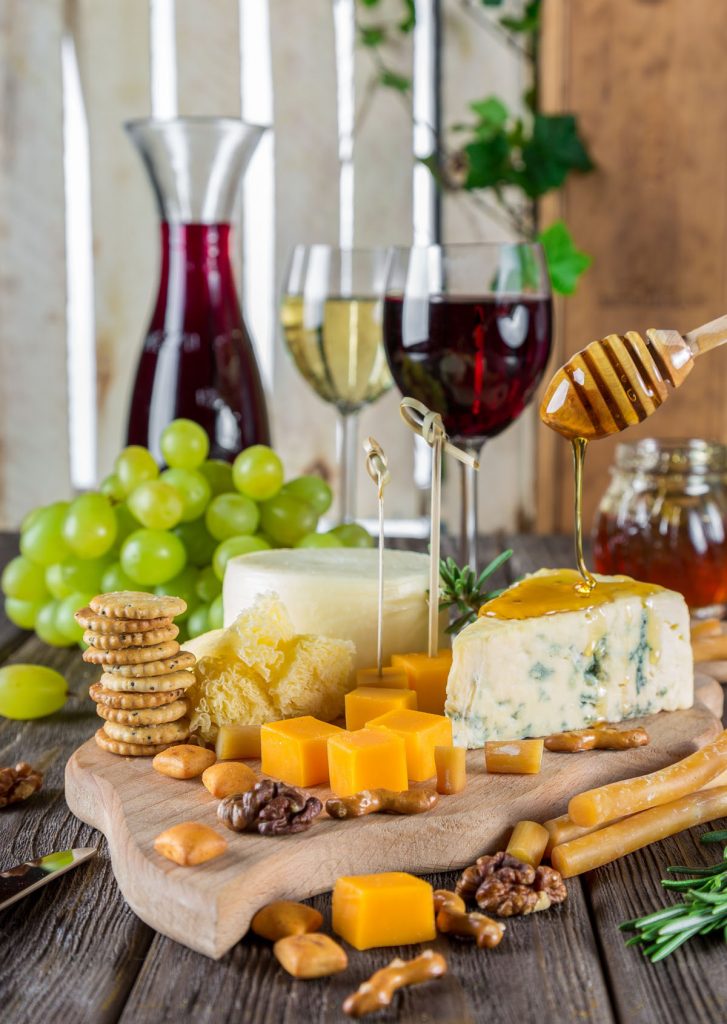
Really, though, what IS a table wine? It’s a good question and deserves more than a blog post (and has received more; if you don’t believe me, Google “table wine”). There are several details, facets, of table wine that I have noted whilst touring and tasting.
Facets of Table Wine
Blending.
Not all blends are table wines, but most table wines are indeed blends (enough for me to generalize, anyway). Usually this allows the winemaker some flexibility. In Virginia, in order to be a varietal (i.e., named after a specific grape like Chardonnay, Riesling, Merlot, etc.), the wine has to contain 75% or more of that grape.
Using blends of grapes (the classic Bordeaux blend of Merlot/Cabernet Sauvignon and Franc/Malbec/Petit Verdot being one of the most popular) means that the winemaker is not subject to restrictions or percentages. As long as he accurately lists the amount of wine somewhere (usually on the label, though not always), he is under no obligation to deliver the same amounts or even varieties of grapes on a given blend. Thus, one year he might put Seyval and Chardonnay together as a specific table wine; the next year, the same label might contain Riesling and Vidal. This is especially handy when it comes to fluctuations in the supply and availability of certain types of grapes.
Vintage.
A lot of times table wines will be listed as NV (non-vintage). In order to qualify as a vintage, 95% of the wine has to come from grapes picked in a specific year. With the advent of stainless steel tanks, it is possible to keep wine for longer with no change in quality–the wine is the same coming out of the tank as it was going in. Thus the NV doesn’t have to carry the stigma of “old, low quality wine the winemaker is trying to get rid of.” It also means the winemaker can keep coinage (leftover, smaller amounts of wine that aren’t enough by themselves to bottle) in variable capacity tanks, for blending purposes.
Variety and innovation.
I’ve seen some pretty interesting blends so far on the trips I’ve taken to local wineries. Jefferson Vineyards does a red table wine called “Terre Rouge,” which is a blend (I believe) of 90% Chambourcin and Cabernet, with an incongruous 10% white wine (I want to say Pinot Grigio was one) thrown in.
Plenty of wineries release Bordeauxs or Clarets—usually blends heavy on the Merlot and Cabernet Franc. White blends can be surprisingly creative, throwing in old European favorites such as Chardonnay, Viognier, and Riesling with American hybrids like Seyval, Vidal, and Traminette.
Table wines are far too often sold short. They’re dubbed “easy drinking” or “unassuming” and a variety of other things that damn them with faint praise. Part of this is due to, basically, reliance on straight varietals—French Chardonnay, Italian Pinot, etc. In America we’re used to buying wine where the grape we’re drinking is on the label.
However, blended table wines can sometimes have more complexity in their taste and aroma by virtue of the simple fact that you really can’t predict what a blend is going to do. Will flavors cancel each other out? Complement each other? Create new flavors heretofore unexplored? It makes blends a lot more exciting, in my opinion, and a lot more novel. Perhaps that’s part of the reason Virginia wines are branching out so much into this exciting area.
Whatever the case may be, I say pull up a chair, pour yourself some Chateau Chunder, and table this discussion.
Don’t table your glass, though. At least not till it’s empty.
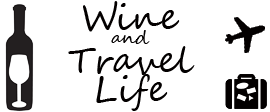

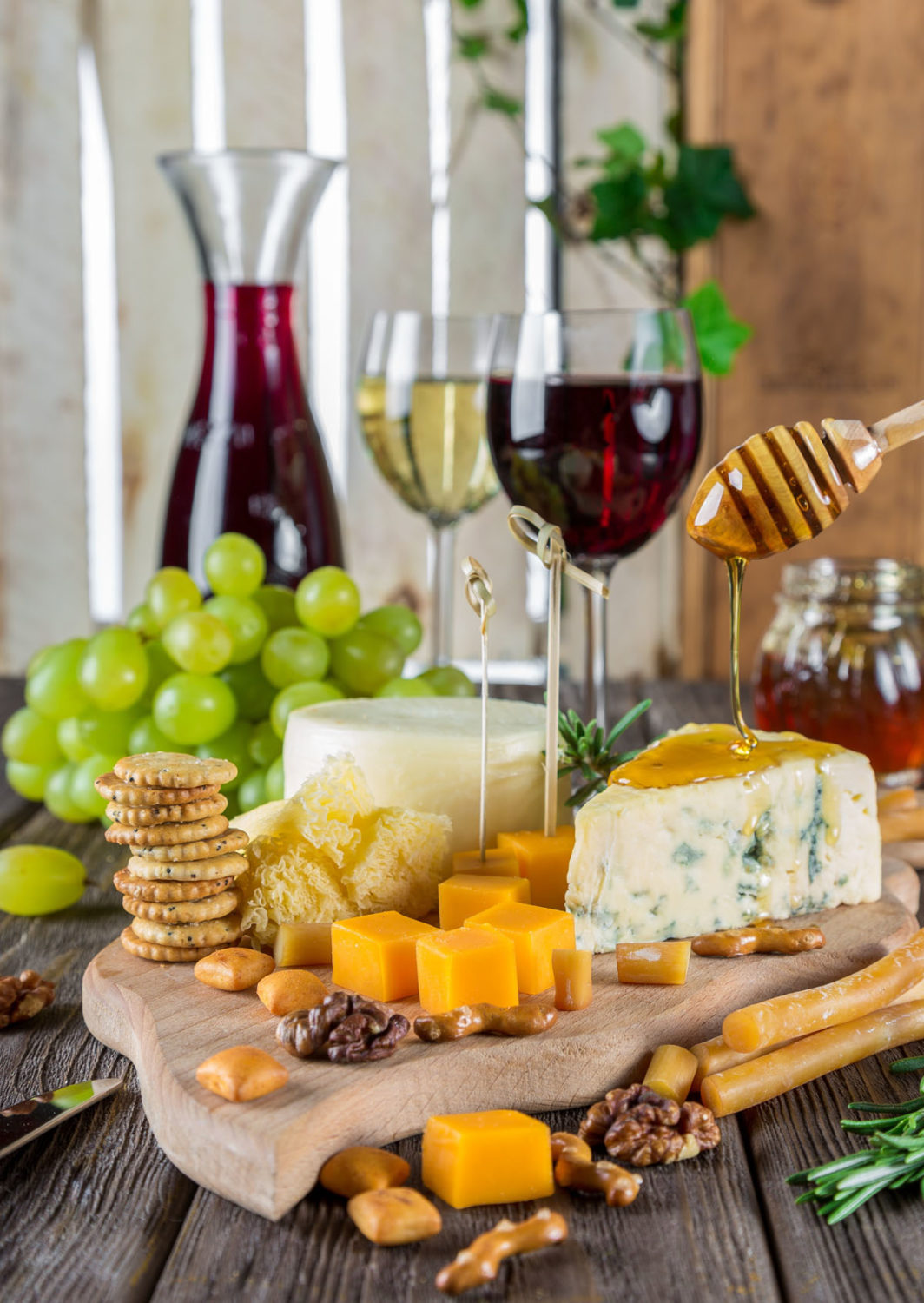
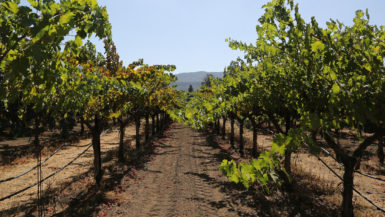
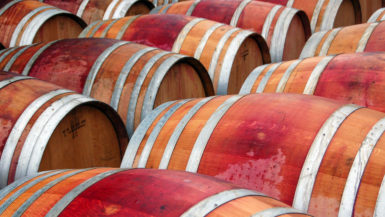
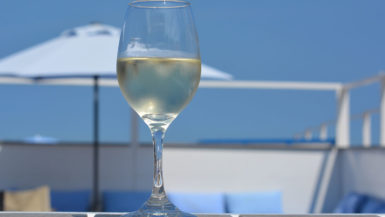
Leave a reply